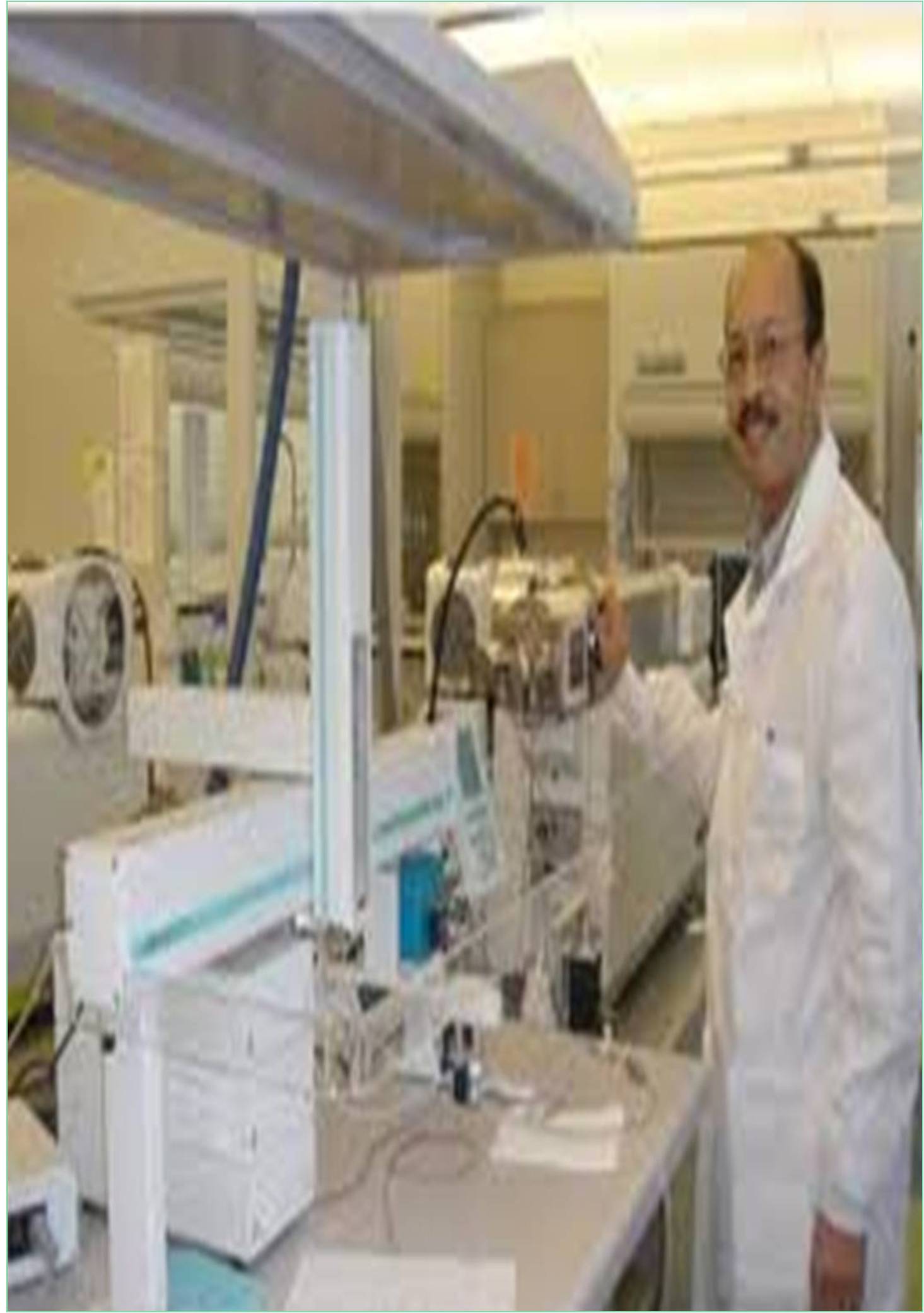



Received: 01-Nov-2022, Manuscript No. IJCB-22-83286; Editor assigned: 04-Nov-2022, Pre QC No. IJCB-22-83286 (PQ); Reviewed: 21-Nov-2022, QC No. IJCB-22-83286; Revised: 28-Nov-2022, Manuscript No. IJCB-22-83286 (R); Published: 06-Dec-2022, DOI: 10.15651/IJCB.22.7.030
Tone assembled nanostructures based on peptides have been investigated and presented as biomaterials with the potential to be employed in a variety of bionanotechnological applications, including detectors, drug delivery systems, bioelectronics, and restitution, among others, over the past 20 years. These natural nanostructures are backed up by a number of benefits, including fast conflation, low cost, and benign conflation conditions, which make them great candidates for similar uses. Peptides can form a range of well-defined nanostructures, including nanotubes, nanofiber, nanoparticles, nanotapes, gels, and nanorods, by tone assembly. However, there are a number of issues that have yet to be seriously addressed and resolved.
When attempting to use these nanostructures inside the construction of seeing bias or medication delivery systems, problems including managing the confines during conflation, the immutability in liquid environments, and manipulation need to be braved. The minimal number of biases or systems employing this material in actual operations reflects the reality that these concerns pose challenges. The current chapter analyses these difficulties and offers potential solutions. An analysis of current research on the use of peptide tone assembled structures in biomedical procedures is provided. Additionally, they research on the controlled modification of peptide tone formed nanotubes and nanoparticles, as well as electrical and structural characterizations, are presented.
For the purpose of a combined seeing cell culture platform, their most recent results demonstrating the use of peptide tone assembled structures with cells and their application in clean-room processes are also presented. These results also demonstrate the immutability of the natural structures in liquid. Natural tone assembly is a very unique field; hence the shapes and sizes of the structures that are created might vary greatly. This makes it impossible to fully describe all conceivable constructed structures and the monomers that make them. Instead, the emphasis will be on the procedures and difficulties that must be kept in mind while dealing with structures of a similar nature.
This study gives a fast introduction to the broad principles of tone- assembly and a brief description of the most significant structures that will be generated through tone assembly because it is crucial to maintain a specific understanding of the system underlying the conformation for this. Studies have been made about each of the vibrant structures, thus they do not purport to provide an exhaustive account of those arrangements. Given their ability to create nanotubes, nanofiber, and nanoparticles depending on the conformational circumstances, the structures formed by hydrophobic dipeptides and those formed by phenylalanine will receive special consideration.
The difficulties encountered when working with the toneassembly of buildings will also be illustrated throughout the chapter using these structures as model accessories. They have been regarded as both a fabrication material and as crucial components of the finished product, such as electrode modification or the core of a natural field effect transistor. It is demonstrated that numerous distinct structures can tone-assemble into nanofiber-like conformations. The amyloid fibrils are actually the most well-known of those. These beta amino acid wastes accumulate in summations to create lengthy, immovable fibrils. The dangers of the structures' insolubility within the body include, for example, such an accumulation of amyloid beta protein fractions is the symptom of Alzheimer's disease. However, the insolubility of the toneassembled nanofiber is genuinely desirable in biosensor operations as it will guarantee the long-term stability of the detector.